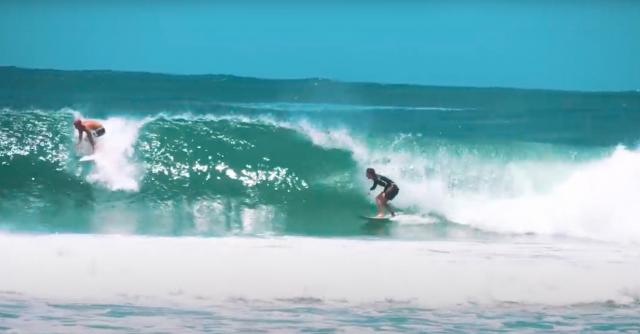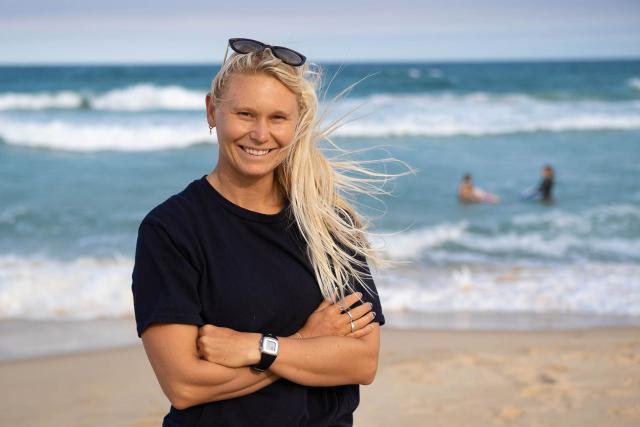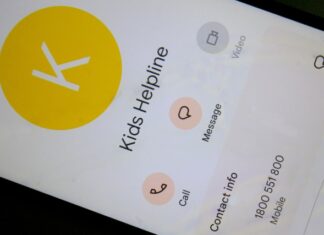One surfer’s serious head injury while surfing the Noosa points and another’s lucky escape while attempting to launch off Dolphin Point in dangerous conditions has sparked a round of seasonal media frenzy calling for action.
The catalyst was 42-year-old Noosa surfer Derek Symons’ sliced scalp mid-January at National Park break – “‘Blood pouring out’: Crowded Noosa surf nears flash point,” trumpeted News Limited print and e-media around the country, from Sydney’s Daily Telegraph to the local Noosa News – but this was just the most graphic of a series of incidents and near misses over the wave-rich period since New Year which has attracted record crowds.
Derek, a capable surfer with 20 years local experience, required 17 staples in the back of his head after duck-diving, but not deep enough, to avoid an oncoming surfer.
As he told the ABC: “One person cut me off and knocked me off a wave, and then while I was recovering and trying to untangle everything, his partner or friend caught the next wave and just ploughed straight over the top of me.”
The surfer’s fin cut through his scalp, and dazed and bleeding profusely, Derek had to be helped to the beach at Little Cove to await an ambulance.
Noosa Boardriders Club president Paul Peterson was quoted by the ABC as calling for direct action from local surfers to stop dangerous breaches of etiquette: “Without seeing violence as the answer, I see strong management of a line-up as the only way it’s going to work going forward.”
While there was undoubted support for this view in the surfing community, surf instructor, pro longboarder and president of Noosa World Surfing Reserve Kirra Molnar advocated a more measured response: “This incident is a clear reminder that what we do in the water has consequences. This does not just come from one person or one group. All surfers need to take responsibility for their actions and help develop a culture of caring in the water. Education is key and with a growing population of surfers here and globally it’s an ongoing issue for which there is no easy solution.”
Kirra said the Noosa World Surfing Reserve, which has been the umbrella organisation of all major stakeholders in the local surfing community for more than eight years, had been working on surf etiquette and safety issues for over two years, “starting from the grass roots by educating people and our youth on surf safety and the surfer’s code. We are now developing programs to become part of the school curriculum, and we are working on an overarching surf code, developed within each discipline of surfing and surf craft, along with permanent beach signage to explain safety and conduct to newcomers to the sport.”
Noosa World Surfing Reserve worked closely with Noosa Council on a surf safety roundtable, including all surfing stakeholders, which met periodically throughout 2021 to develop a voluntary code which is currently being finalised.
Kirra, who was in the surf around the time of the National Park incident and knows both the protagonist and the victim, said it was important to note that the line-up was not overly crowded that day and that both surfers were experienced.
“It’s a wake-up call that these things can happen to any of us in any conditions, and that we need to take care not just of ourselves but each other.”









